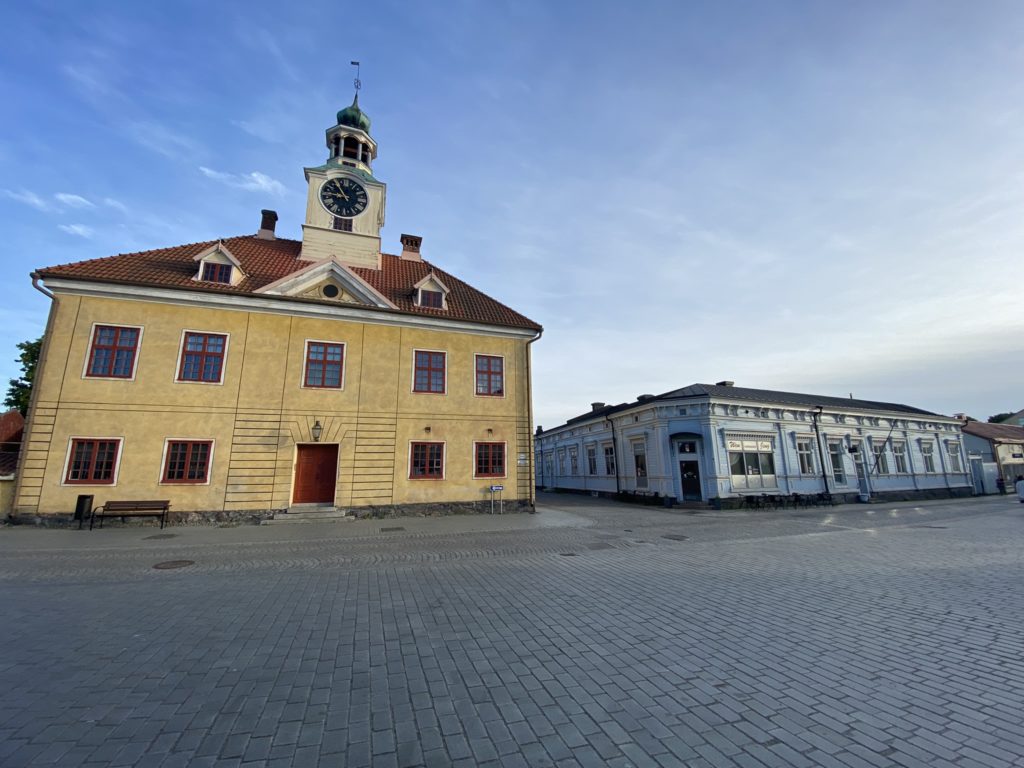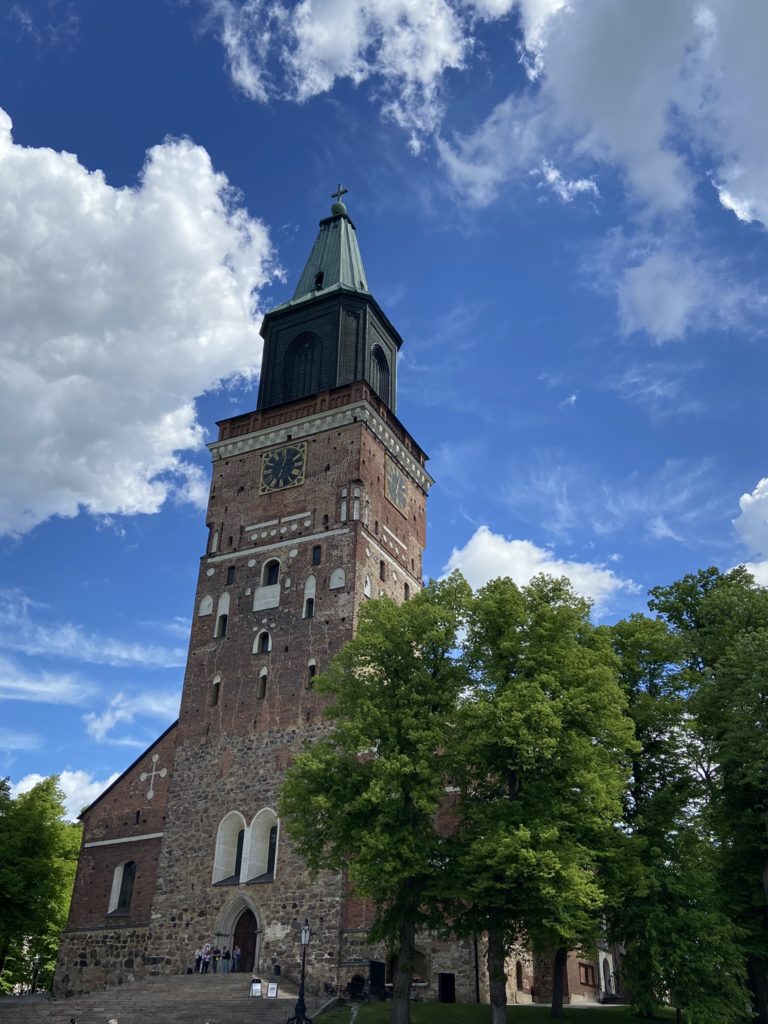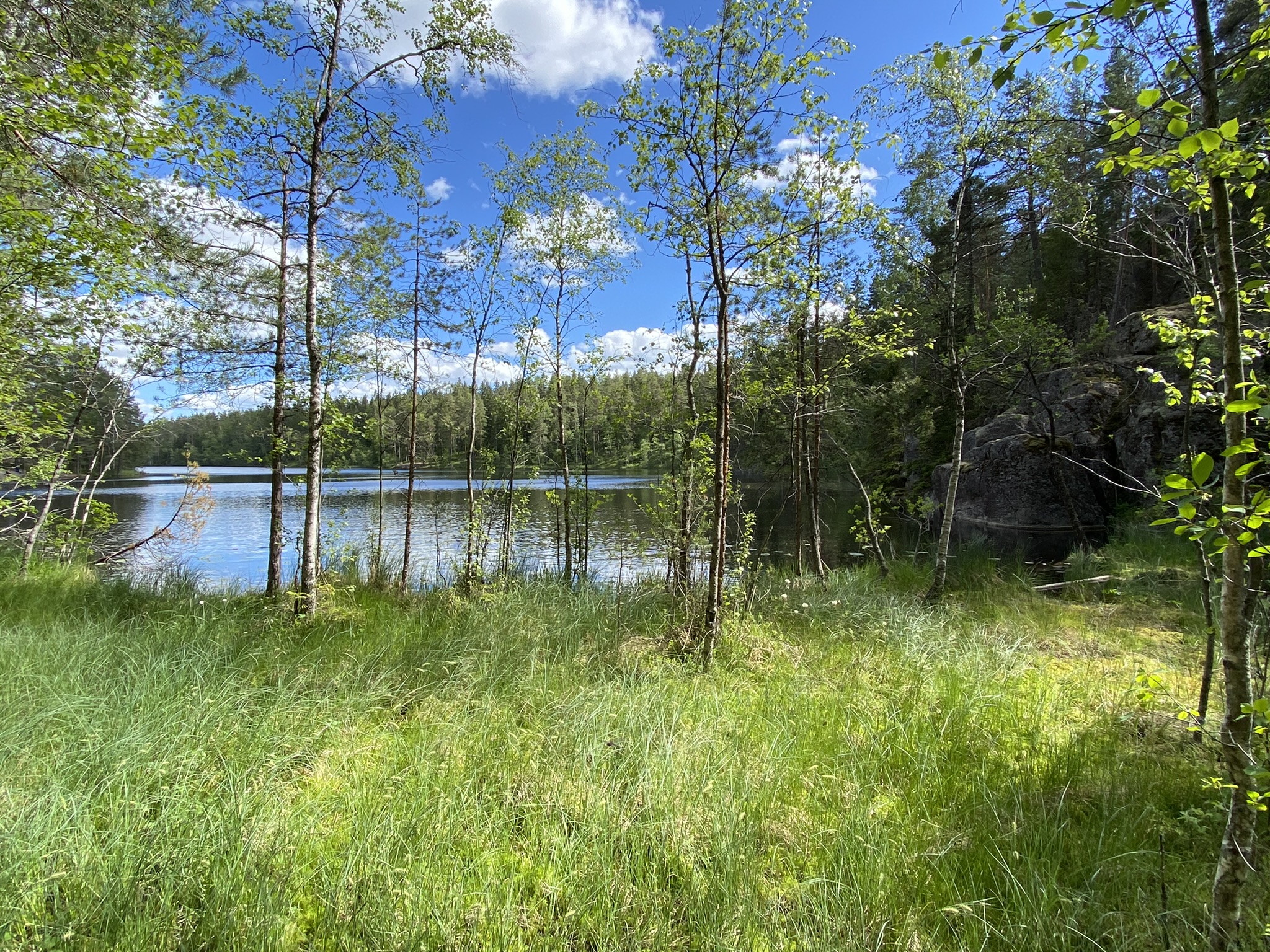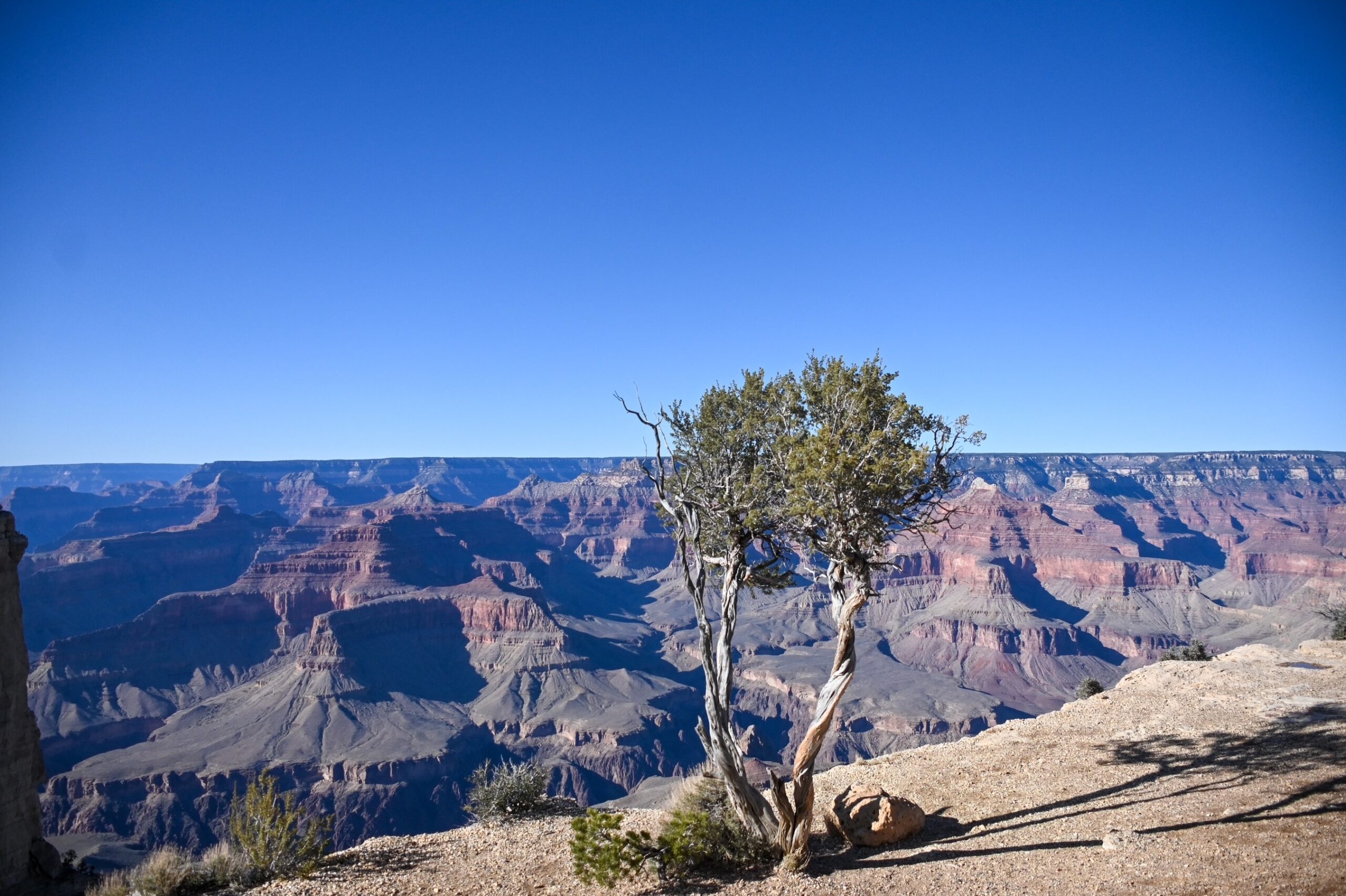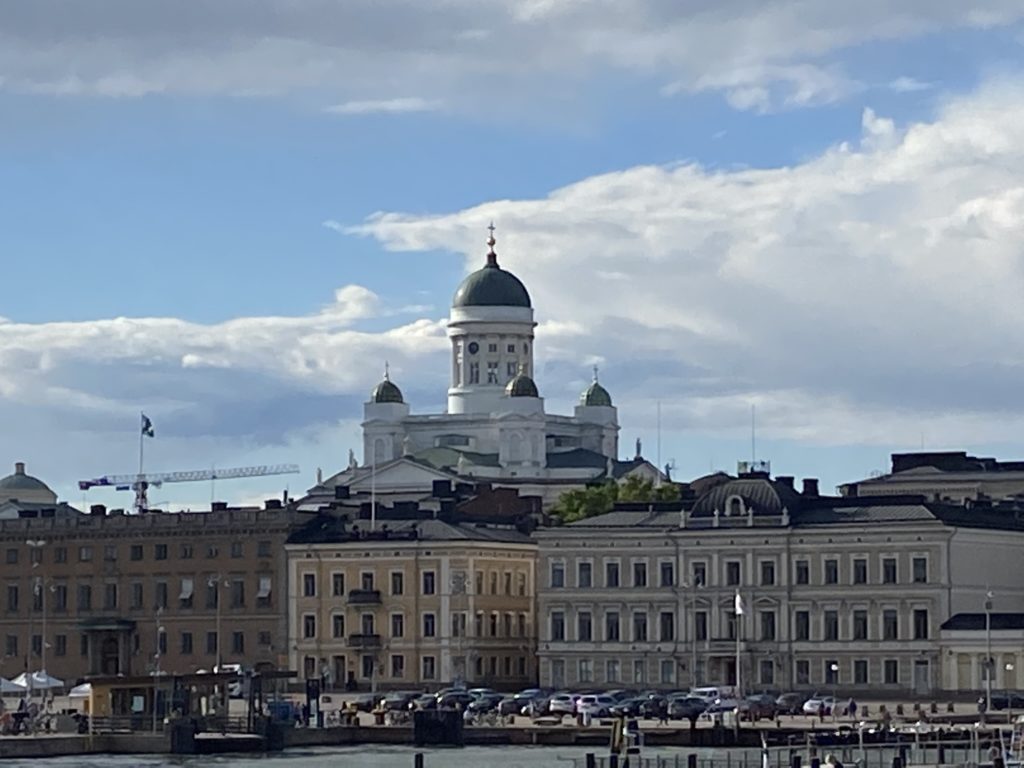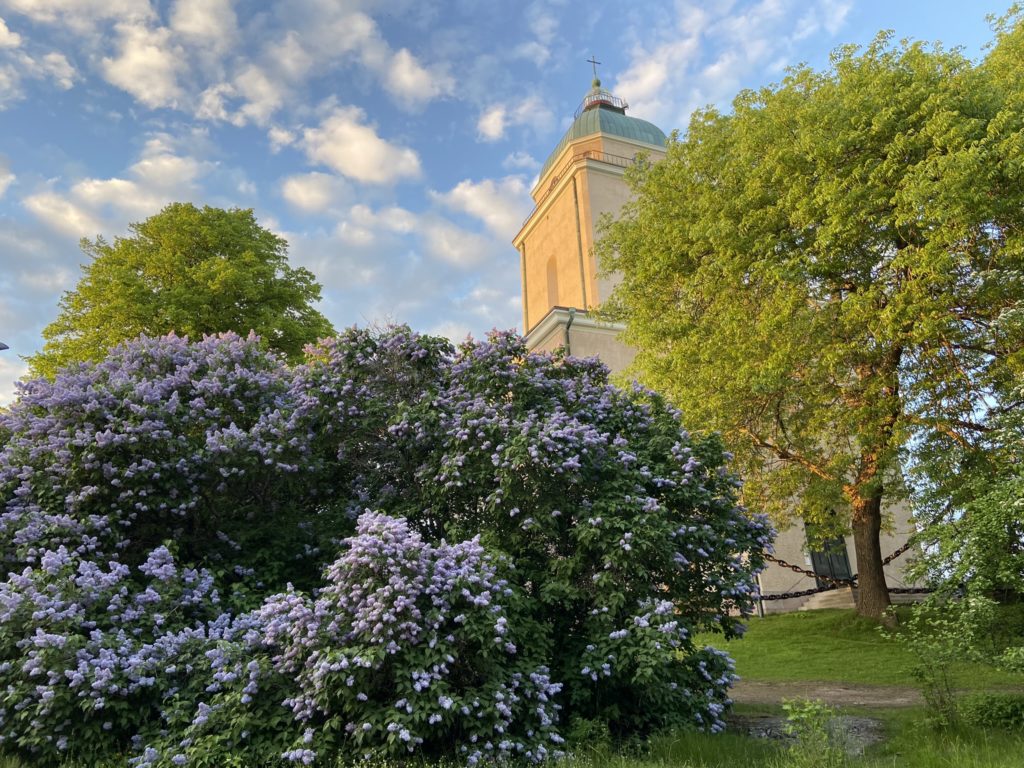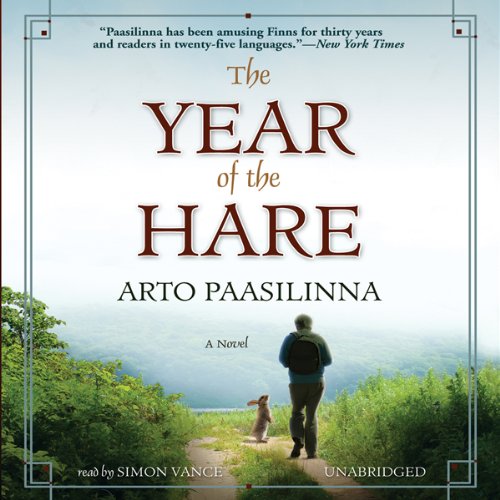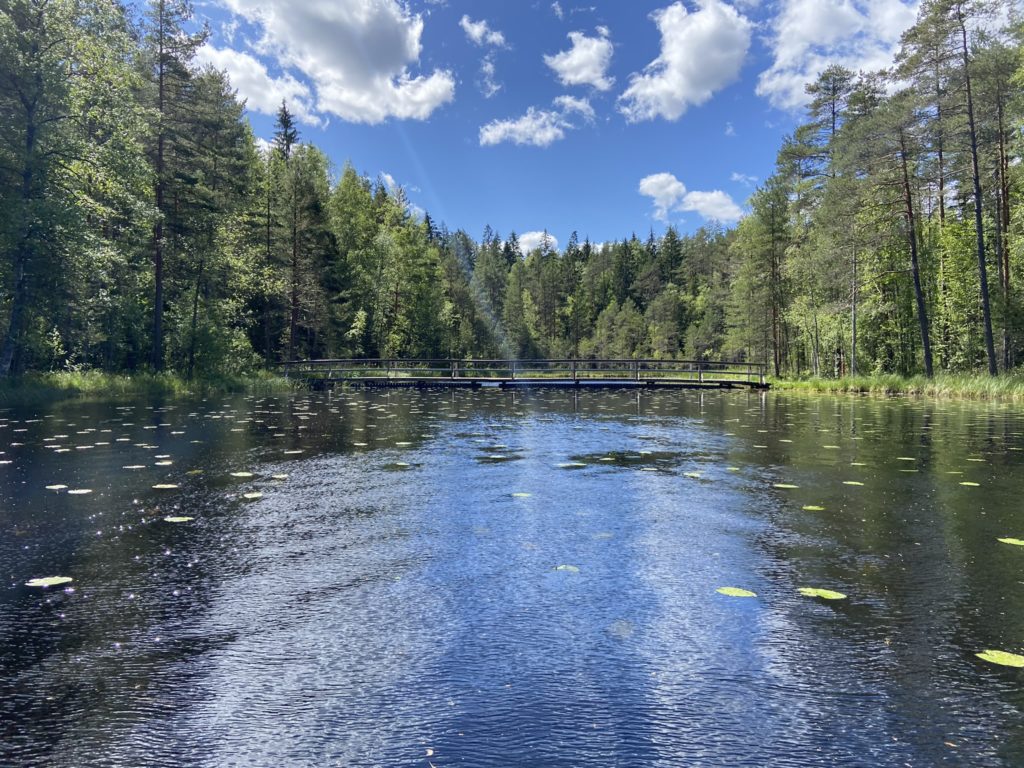My daughter had joined me in Helsinki in the afternoon and we had taken the ferry to spend the evening on the archipelago that houses the Suomenlinna fortress. It was a sunny evening in late June, and it was nice to take the boat ride to see the Finnish capital from the sea and then walk, despite my broken foot, through the blockhouses, churches, and wooden houses that dot these still-inhabited islands, which are connected by bridges. It was a good place to learn more about the history of Finland: the citadel was built by the Swedes to protect Helsinki from the Russian armies, and was then occupied by the Russians, before becoming Finnish when the country became independent in 1917. Nowadays, this place has lost its military vocation and has become an open-air museum. We found an excellent restaurant there to dine “al fresco”. As we walked, we enjoyed the sea air, going up and down the paths lined with purple and pink lilac bushes. From time to time, a hare would emerge from the bush, run a few meters, and stop to glance at us before leaving again.
These encounters with the hares of Suomenlinna could only encourage me to continue listening to the audio book I had planned for my visit to Finland: “The Year of the Hare“. In Arto Paasilina’s novel the initial encounter is more dramatic. Vatanen is a journalist returning with a colleague from reporting in Heilona. On the way back, their car hits a hare. They stop and while the colleague checks for damage to the car, Vatanen goes into the woods to look for the animal. He finds it, still very young, trembling from the shock. Vatanen grabs him, calms him down and makes a splint to heal his leg. He remains deaf to the cries of his colleague who calls him to return to the road and get back into the car. Instead, he goes into the forest, holding the hare in his arms.
This is the beginning of a long wandering for this journalist who decides to leave his wife, his job and his apartment, as well as the hare that he cares for and learns to feed. The duo travels through Finland, heading north. Their itinerary is often comical and sometimes full of pitfalls. They are first pursued by Vatanen’s wife and former colleagues who cannot explain his disappearance. They are later confronted with the police and other administrative harassments. They then advance further into the forest, along the shores of the lakes that irrigate the northern steppes. But even when they seek shelter in the most remote logging huts, they still come across strange and colorful characters who do not understand this man who asks only one thing: to be left in peace, to enjoy nature and take care of his hare.
Paasilina’s novel is sometimes reminiscent of the adventures of Don Quixote: the burlesque situations follow one another and make us smile, but in the background, we can also read a fable with a moral about the fetters of the modern world and the call for a return to nature. Published in 1975, it was seen by some critics as one of the first ecological novels. It was adapted to film in Finnish by Risto Jarva (The Year of the Hare, 1977, the full version with English subtitles is available on YouTube) and then later in 2006 by Marc Rivière (Vatanen’s Hare, in French with Christophe Lambert – but note that the action is transposed to Canada).
It is the perfect novel to discover Finland, which we did the day after our visit to the fortress. Even if we stayed further south than Vatanen, we enjoyed the forests, the lakes, the small towns and old churches of this country where, like a hare popping out of the bushes, nature often invites to an escapade.
